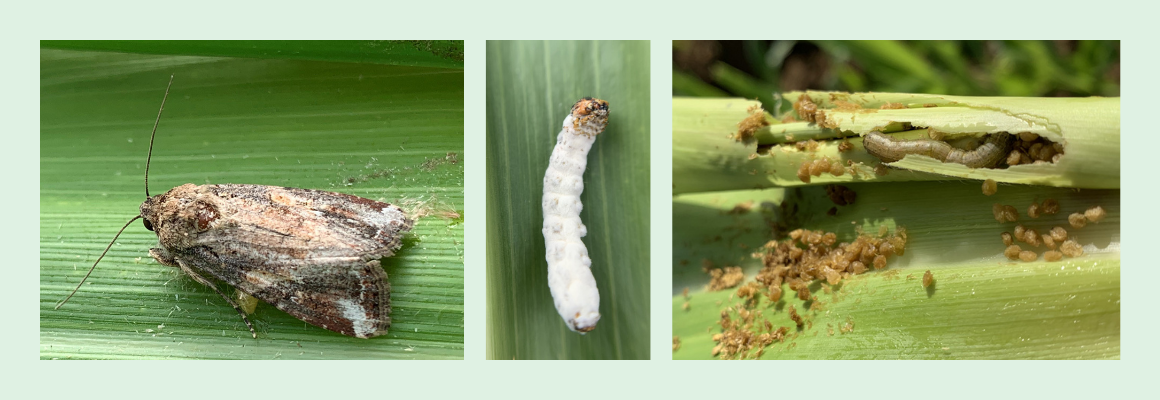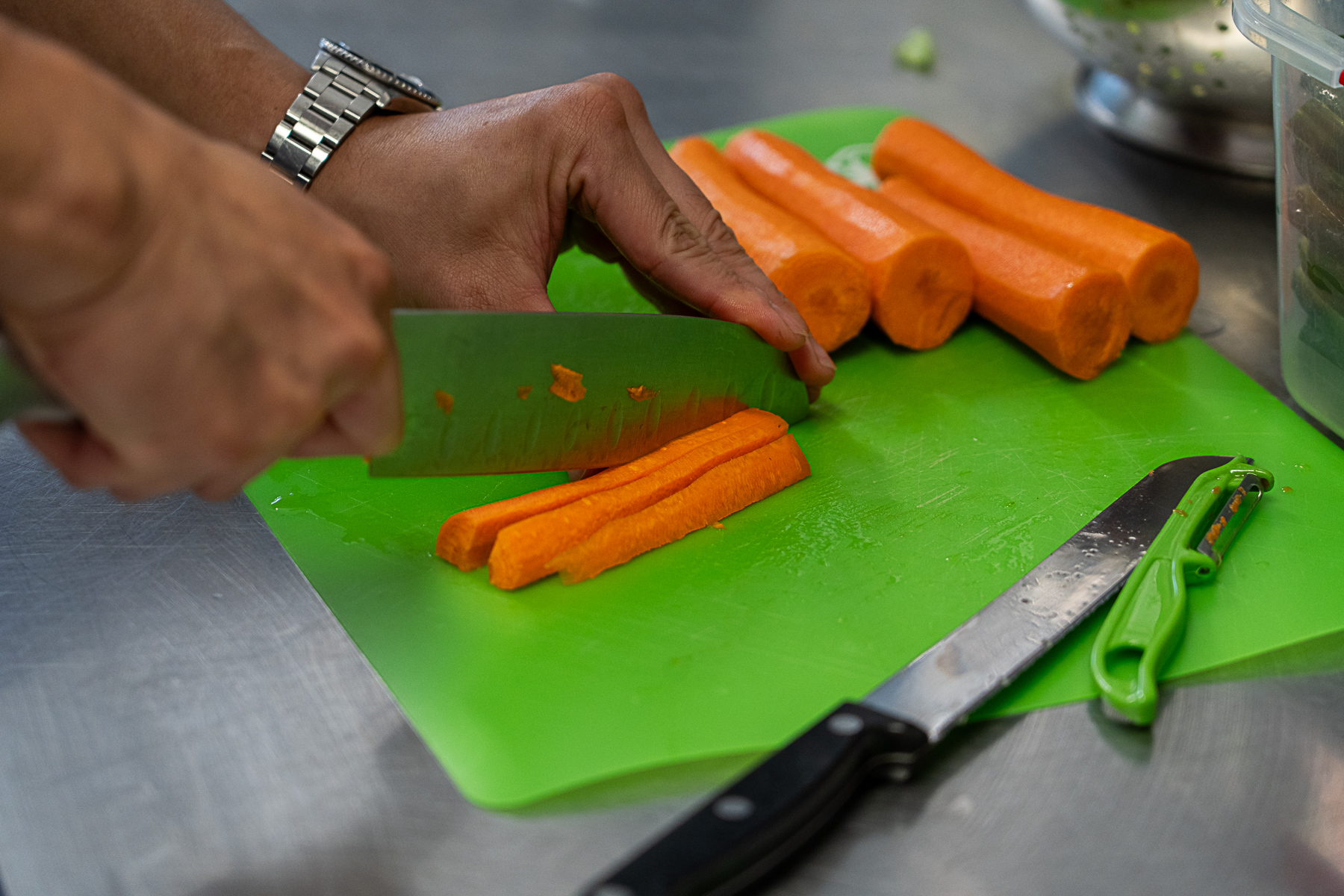
Fall armyworm symposium keeps industry informed
24 May 2024
Cross-industry collaboration key for fall armyworm management
24 May 2024
The increasing number of school canteens being run by catering companies offers opportunities to increase the vegetable consumption of school children.
Getting more vegetables on the menu in school canteens is not a straightforward task, and there are numerous hurdles that must be overcome. But the operational structure of canteens is also changing, and that provides opportunities to do things differently.
While they’re not venues traditionally known for healthy food, school canteens have an important role to play in establishing healthy eating habits in young children, according to Shadia Djakovic of Healthy Kids Association.
“Kids are learning about nutrition in school, in the classroom, and the last thing that we want is for them to see the absolute opposite being done in the school canteen,” she explains.
“The school canteen is there to reinforce the healthy eating messages that are taught in the classroom. They also teach kids about maths through dealing with money, how to have manners by getting in line and about food from different cultures. So the school canteen plays a massive role, and it has much bigger potential than traditionally thought.”
Healthy Kids Association is currently running a project to understand and overcome the roadblocks to the use of more vegetables in school canteens.
“What we’re aiming to do is increase veg on school canteen menus across the country,” says Ms Djakovic, who is leading the project.
“To do that we will be creating resources and developing a veggie-full ready to eat meal that school canteens can use on their menu.”
The three-year levy-funded project, Education and tools for canteen managers to increase vegetables in primary school canteens and vegetable consumption by children (MT22006), is known as ‘For the Love of Veg’.
It’s coordinated by Healthy Kids Association, run in collaboration with the Western Australian School Canteen Association (WASCA), Queensland Association of School Tuckshops (QAST), School Food Matters in Tasmania (SFM), the ACT Nutrition Support Service (ACTNSS), with the George Institute for Global Health as research partner.
School canteen needs assessment
The project has recently run a needs assessment that surveyed over 330 school canteens around the country to understand the opportunities and challenges.
“What we found is that most school canteen staff purchase their vegetables through major supermarkets,” says Ms Djakovic. “So, what we’re trying to do is find ways that they can save on the weekly veg shop, and connect them to local suppliers in the area.”
“What we’ve started creating is a distributor/supplier tool, which is basically a map where school canteens can type in their postcode or their address, and that links them with local vegetable suppliers, or perhaps even a local farmer where they can get their vegetables at a cheaper price.”
“We’re also trying to work out what resources will assist them best to add more veg to the school canteen menus in new and innovative ways.”
Changing canteen business structures
In previous years, time was often seen as the limiting factor to getting healthier food on school canteen menus. Canteens were run by individual schools and staffed by volunteers, and preparing food from scratch using vegetables was seen as too time consuming and requiring cooking skills that volunteers didn’t necessarily have.
Most canteens aren’t run that way anymore, however, meaning the time and skill limitations are no longer the primary concern.
“There certainly are school canteens that are still run only by volunteers, but they’re very rare,” says Ms Djakovic.
“Most school canteens these days are run by a parents and citizens (P&C) group, which is part of the school, and/or run by a lessee. So what that means is it’s a catering company which leases the space from the school, and runs it as a business selling food through the school canteen.”
Finding paid or volunteer staff for canteens run directly by the school or the more common P&C model is difficult, and single canteens often struggle financially. Over time, canteens run by catering businesses have become the dominant model, according to Ms Djakovic.
Many catering businesses will run multiple school canteens in a hub and spoke system, where they can produce food offsite. The Healthy Kids Association itself runs 23 school canteens, some using this hub and spoke arrangement, with three in Sydney and 20 in the ACT.
The growth of the multi-site catering company model means an increasing number of professional food service staff producing food for school canteens, and the ability to buy ingredients in bulk from wholesale suppliers or direct from growers.
Sourcing vegetables from outside the retail channel has the potential to lower the cost of vegetables, making them more accessible for low-margin operations like school canteens, as well as generating demand for produce that falls outside of supermarket specifications.
Healthy food requirements
The pressure is on for canteens to offer more healthy food. Public school canteens must adhere to the nutrition guidelines set by each state and territory.
“It depends what state and territory a canteen is in, but most states in the country run by a traffic light system. Those systems label unhealthy food as red, and a canteen might only sell those foods once or twice a term or not at all, amber foods which you serve occasionally, and green foods that can fill the menu.”
The traffic light system is based on the Australian Department of Health’s Guidelines for healthy foods and drinks supplied in school canteens, part of its National Healthy School Canteens program.
In Victoria, for example, the Department of Education advises green ‘everyday’ foods should make up more than 50 per cent of the menu, amber ‘select carefully’ foods should be less than 50 per cent, and red ‘occasionally’ foods should be served no more than two times per term. Schools must never supply confectionary.
New South Wales differs by using a binary ‘occasional’ and ‘everyday’ categorisation of foods. ‘Every day’ foods must comprise 75 per cent or more of a canteen’s menu in that state, and the ‘occasional’ foods that make up the remainder can’t be promoted to children.
FOR MORE INFORMATION
Head to https://www.focis.com.au/ftlov/
Or call (02) 9876 1300
This article first appeared in Australian Grower Winter 2024 magazine


